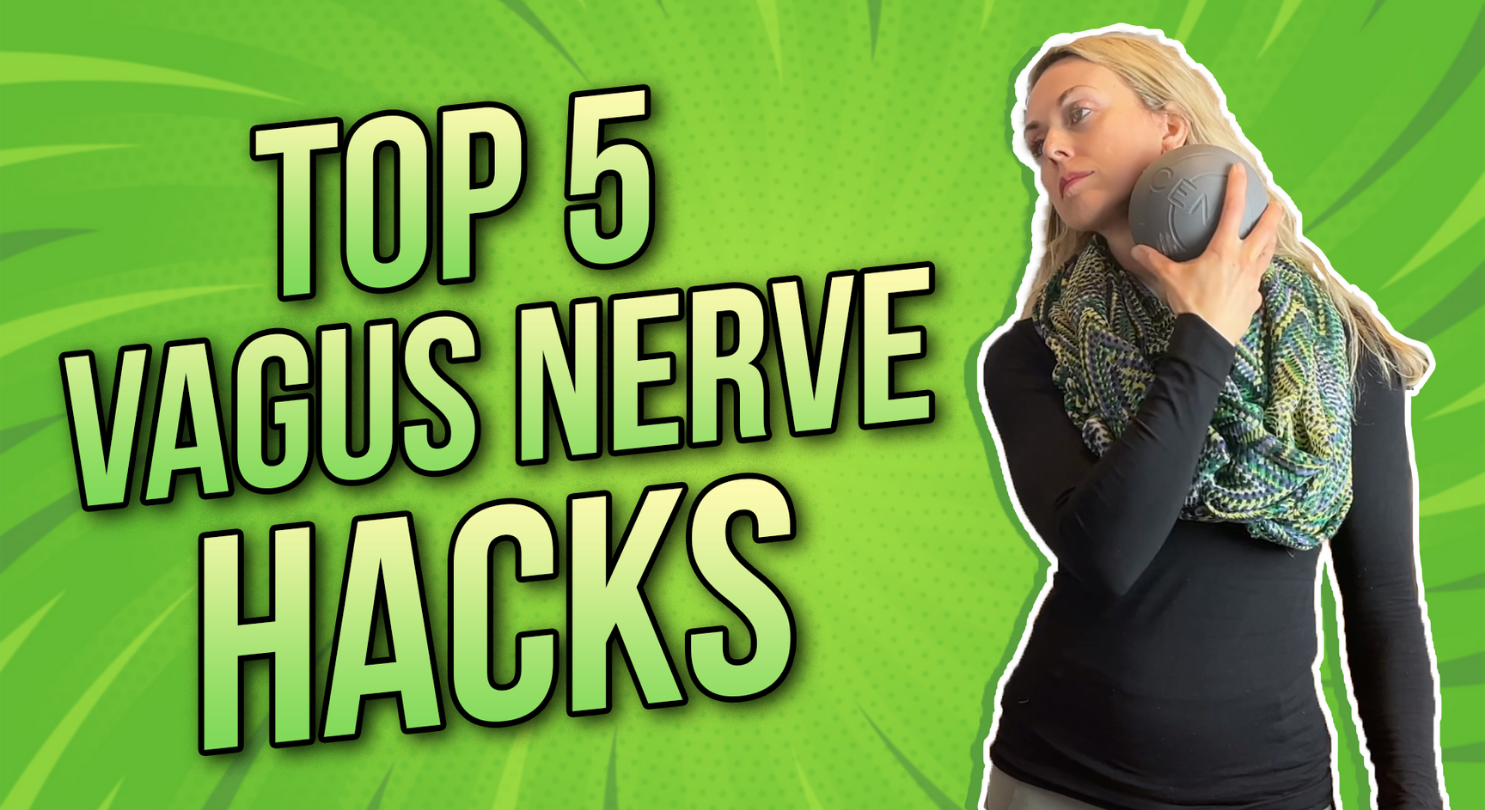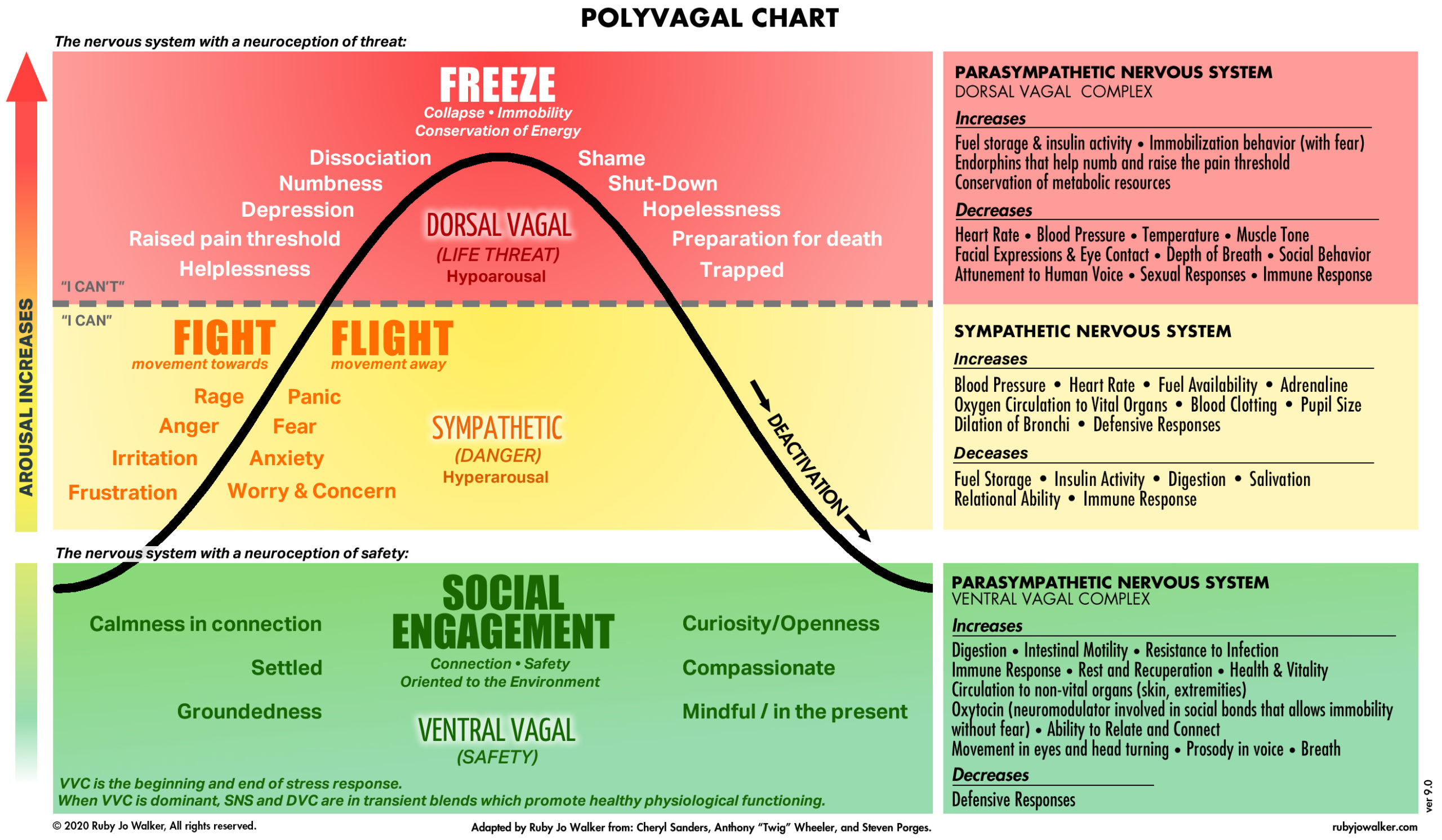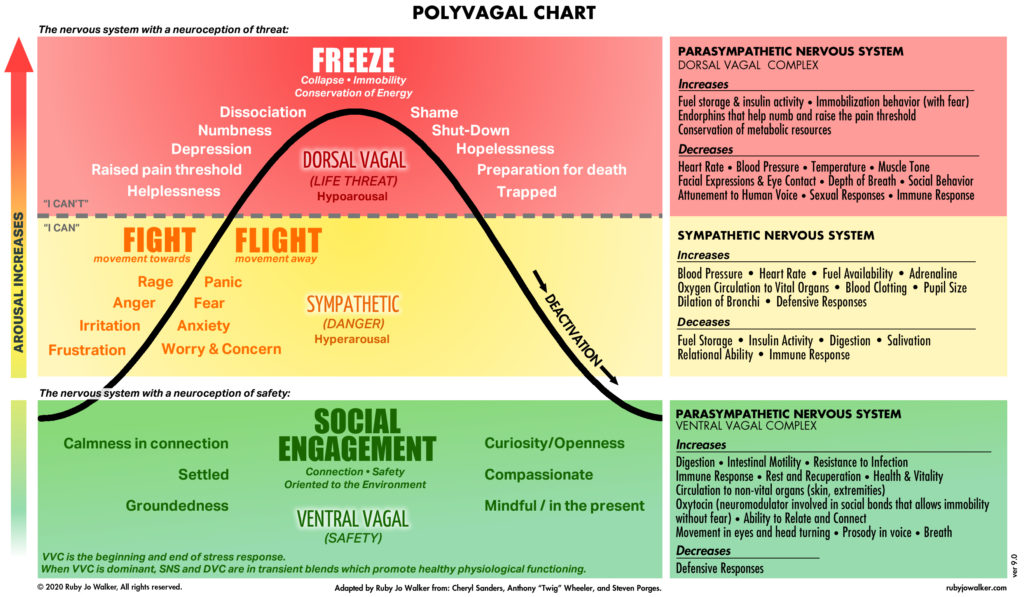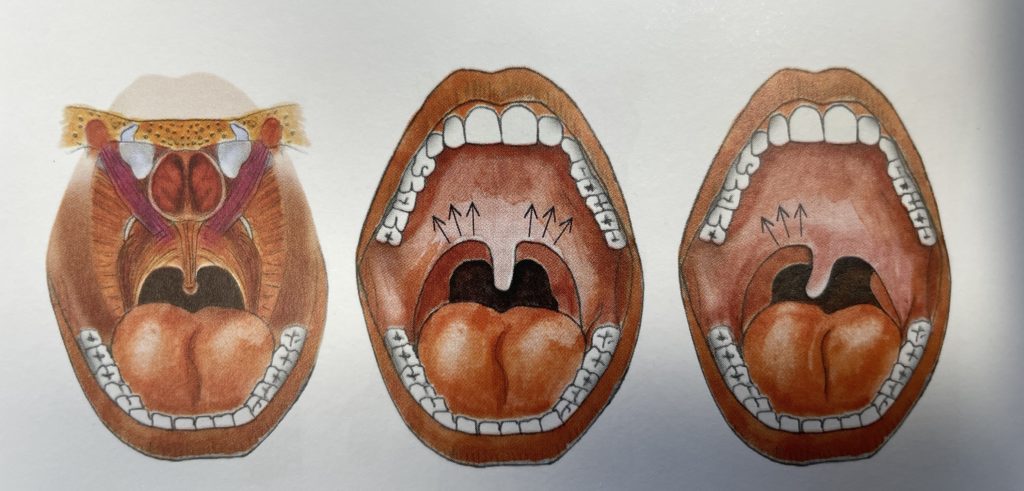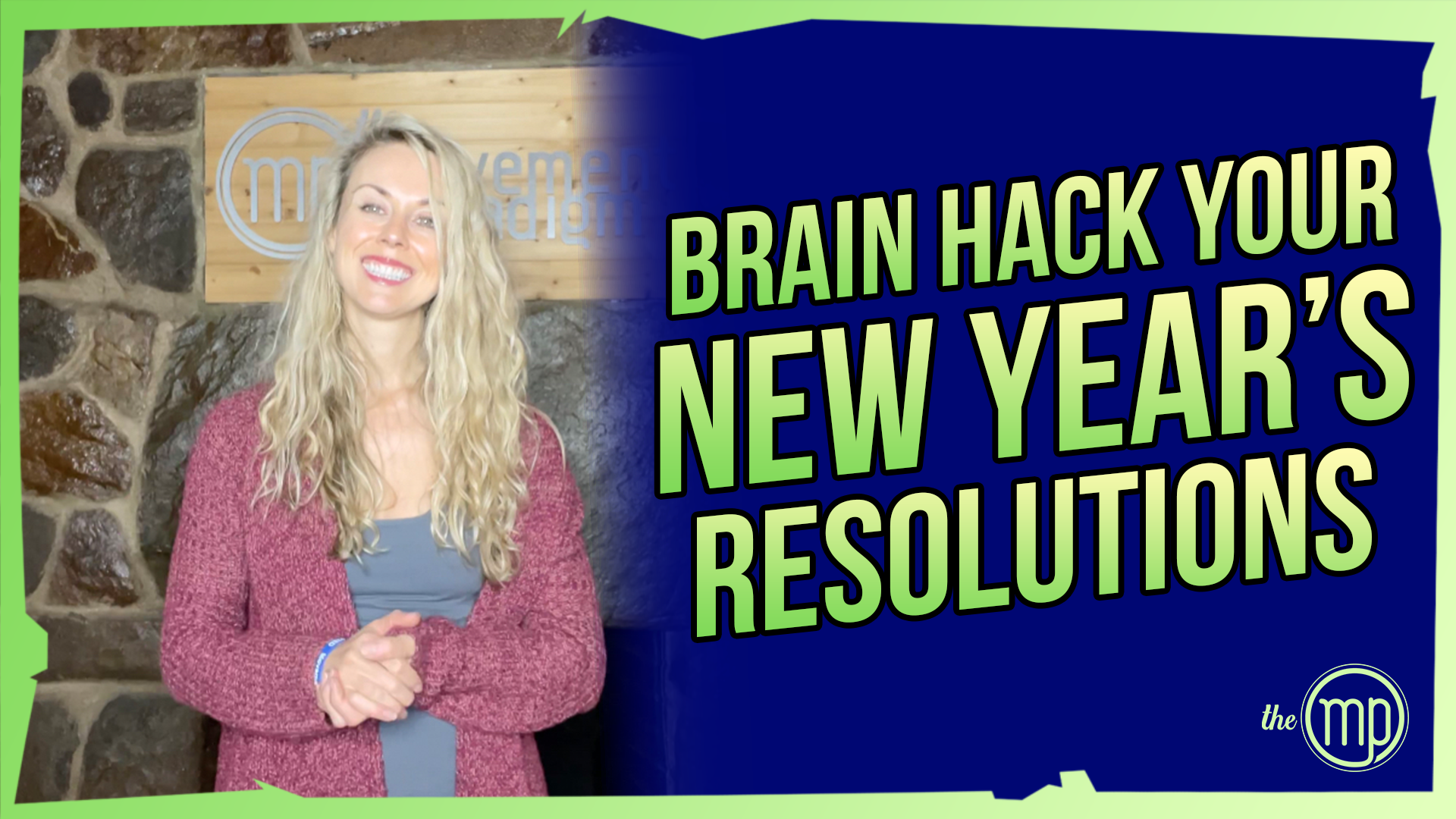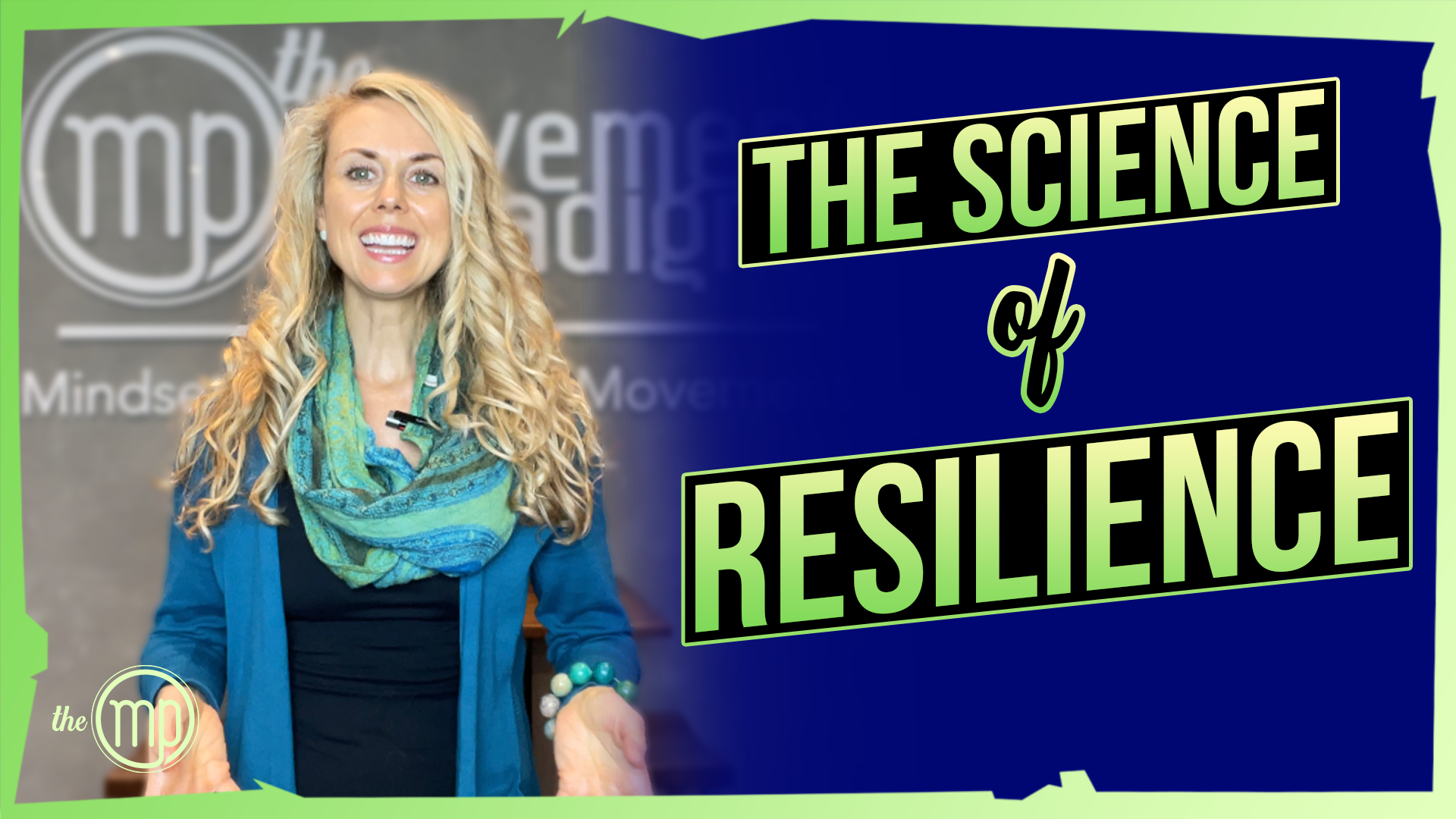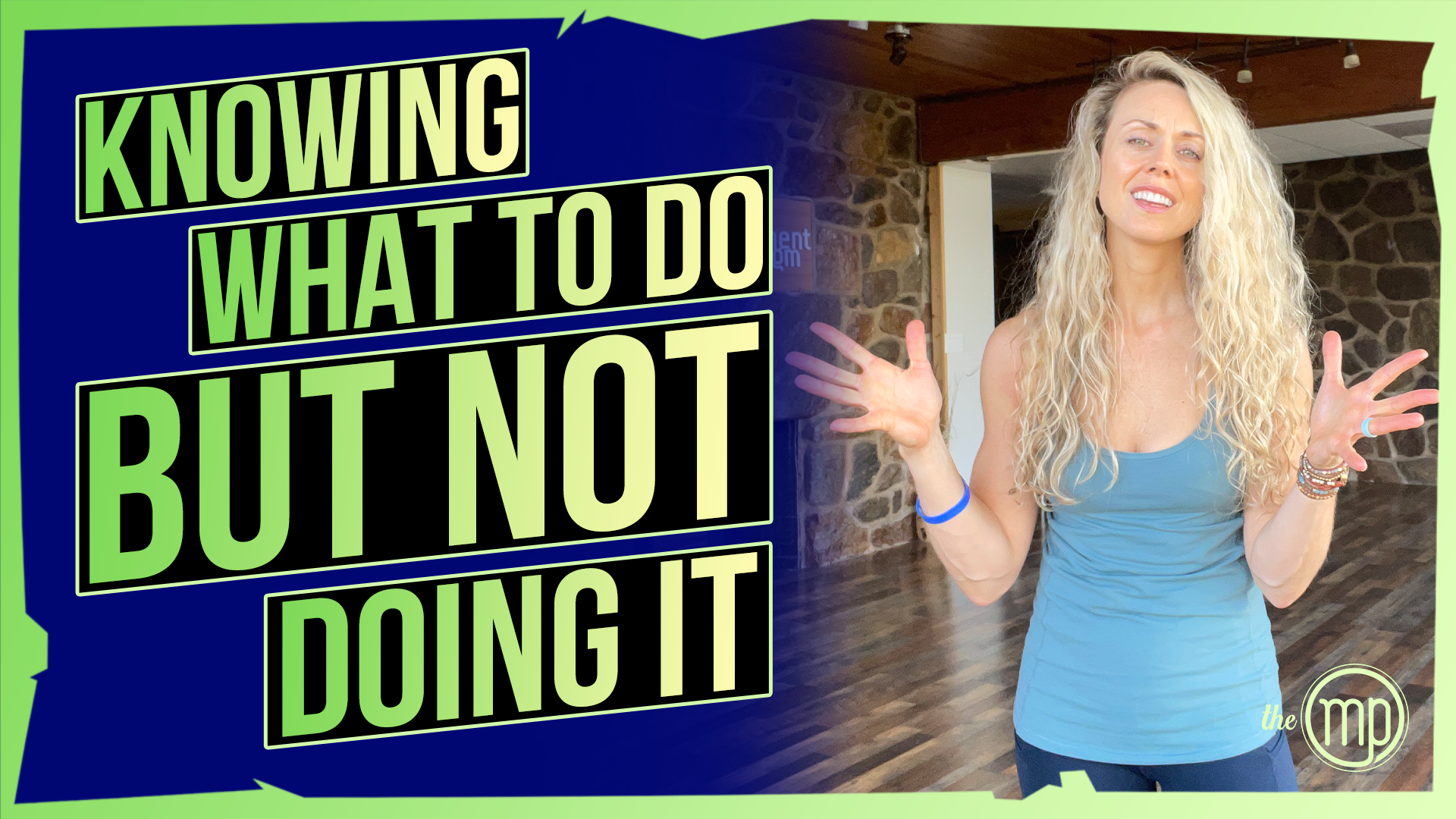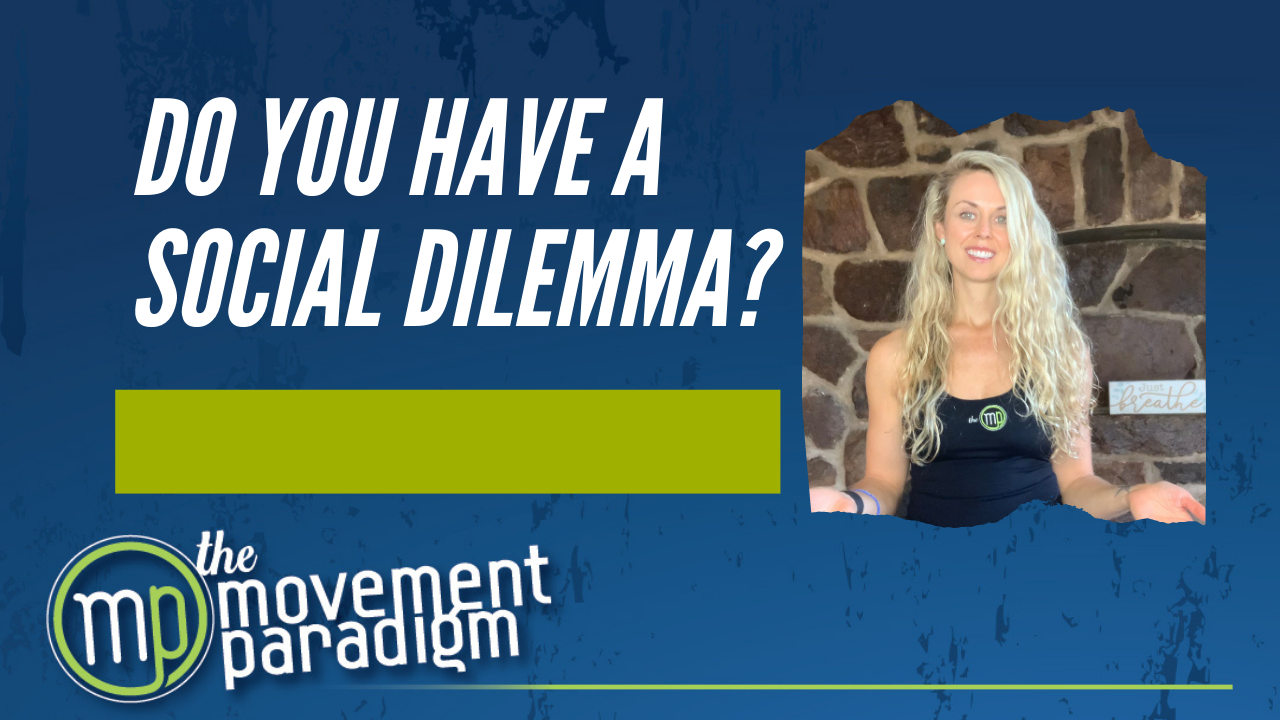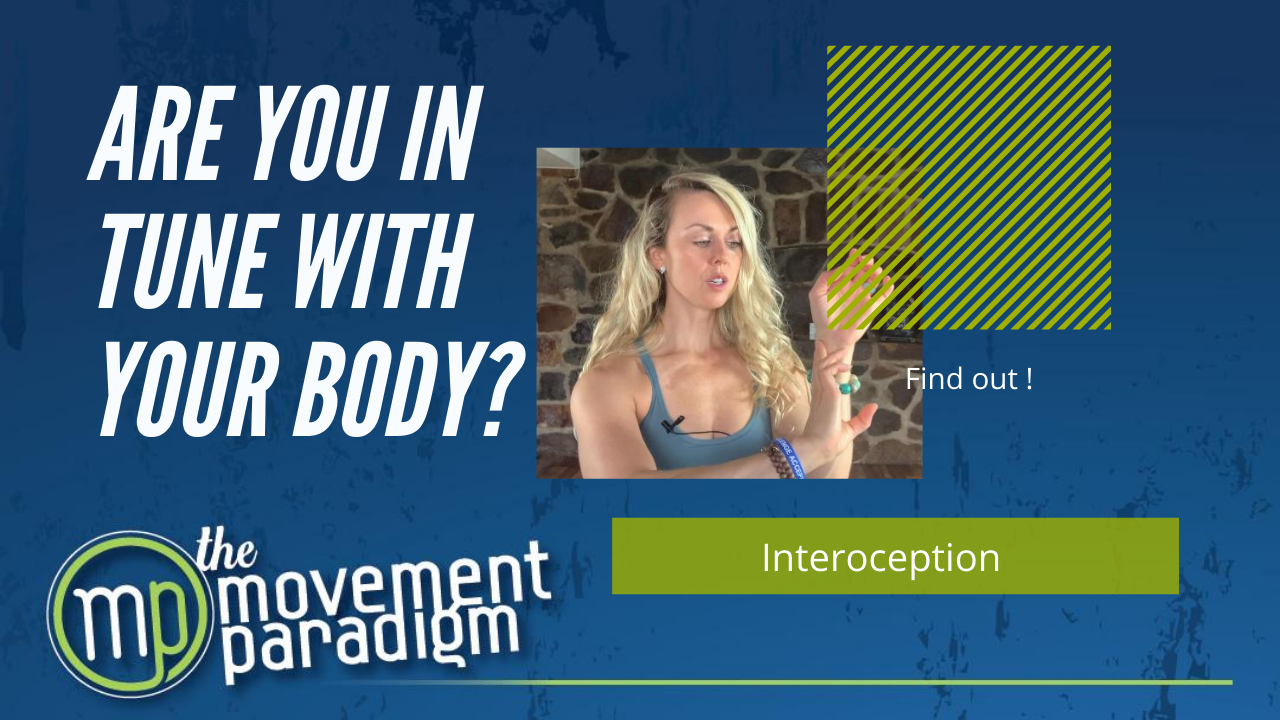Do you know how important the vagus nerve is?
The vagus nerve is our wandering nerve that originates from the brainstem. It is one of the longest cranial nerves and innervates the muscles of the face, throat, respiration, digestion, and heart. It has such a profound impact, and it is 80 percent of our parasympathetic nervous system. This is important because it can allow us to fully relax, restore, recover, and digest. It can also help us become socially engaged, connected to the greater world, connected to ourselves, and be more mindful, joyful, and grounded.
Rather watch or listen than read?
Here are five vagus nerve hacks that you can do to bring you back to this parasympathetic state; to the state of relaxation and social engagement.
1) Humming
Singing is a great way for us as humans to communicate and be connected to the greater world. Humming is a means of vocalization that has an extended exhale. When this happens, we are releasing a neurotransmitter called acetylcholine, which will stimulate the vagus nerve and create this relaxation response. Additionally, when we are humming, the vibration of humming oscillates the air and causes the nasal cavity to release nitric oxide, which thereby increases vasodilation and circulation. Lastly, it can create a co-regulation with other humans. This creates a safe place for us and that brings us back to that state of social engagement.
2) Sternal Release
The vagus nerve innervates the SA node of the heart, which is also referred to as our pacemaker. It also sits inside of the lung tissue and passes right through the diaphragm. You have baroreceptors in your aorta and carotid which detect pressure changes, especially blood pressure changes. When we are stimulating these things, we can induce a relaxation response.
To do the sternal release, place a soft ball under your sternum, inhale through the nose, and pretend to cough, but don’t actually cough. So, you’re breath-holding and then slowly exhaling. Perform this for 10 to 20 minutes.
3) Neck Release
Release the areas around the carotid artery, which moves into the carotid sinus, and is innervated by the vagus nerve. As we move through the tissues, we are moving, compressing, lengthening, and shearing all of these tissues around the vagus nerve.
You’ll start just below your ear by compressing and twisting the ball gently as you shear across the tissues. Gently lengthen the neck by turning your head in the opposite direction. Go slowly and carefully over the trachea, hyoid, and larynx in the center, because they can be a little bit more sensitive. After performing the neck release, you should feel warmth in the neck and perhaps even your face. You might even be able to use your senses a little more clearly; sight, sound, and smell. It might just feel like your face softens afterward as well.
4) Probiotics
The enteric nerves from the gut and the vagus nerve are connecting the gut and the brain, which is referred to as our gut-brain connection. Think of this as a highway, a beautiful bi-directional communication. This can be greatly impacted by our HPA axis, hypothalamic pituitary adrenal axis, referred to as our stress pathway. This can be influenced by probiotics. The two primary strains of bacteria that have been shown to impact mood, behavior, depression, anxiety, also referred to as psychobiotics are lactobacillus rhamnosus and bifidobacterium longum. Both of these strains have been shown to have improvements in anxiety and depression-related behavior, but they can also impact GABA, which in essence, inhibits feelings of fear and anxiety. This can have a profound effect on mood and behavior.
5) Visceral Release
We tend to hold a lot of tension in our abdomen. It is important to remember that 80 percent of our vagus nerve is sensory indicating that it is providing information back up to the brain. The vagus nerve is innervating our gut, so if we’re holding tension here, we are signaling “tension” or distress to our brain. It’s really important to create these relaxation responses of the organs, tissue, fascia, and skin by stimulating the vagus nerve.
For the visceral release, lie on a ball or even a rolled-up towel or blanket on your side, and gently guide the tissue, skin, fascia, and organs over the ball. Breathe diaphragmatically, starting on your left side and then moving to your right.
These are five of many different vagus nerve hacks, but please follow us (@themovementparadigm) on TikTok, IG, and FB, for more health tips to help you feel great again!
Reach out for a 15-minute FREE discovery session to see how we can help you on your journey.
For more content, make sure to subscribe to my YouTube channel here.
Other things that may interest you:
IS YOUR GUT PREVENTING YOUR WEIGHT LOSS?

